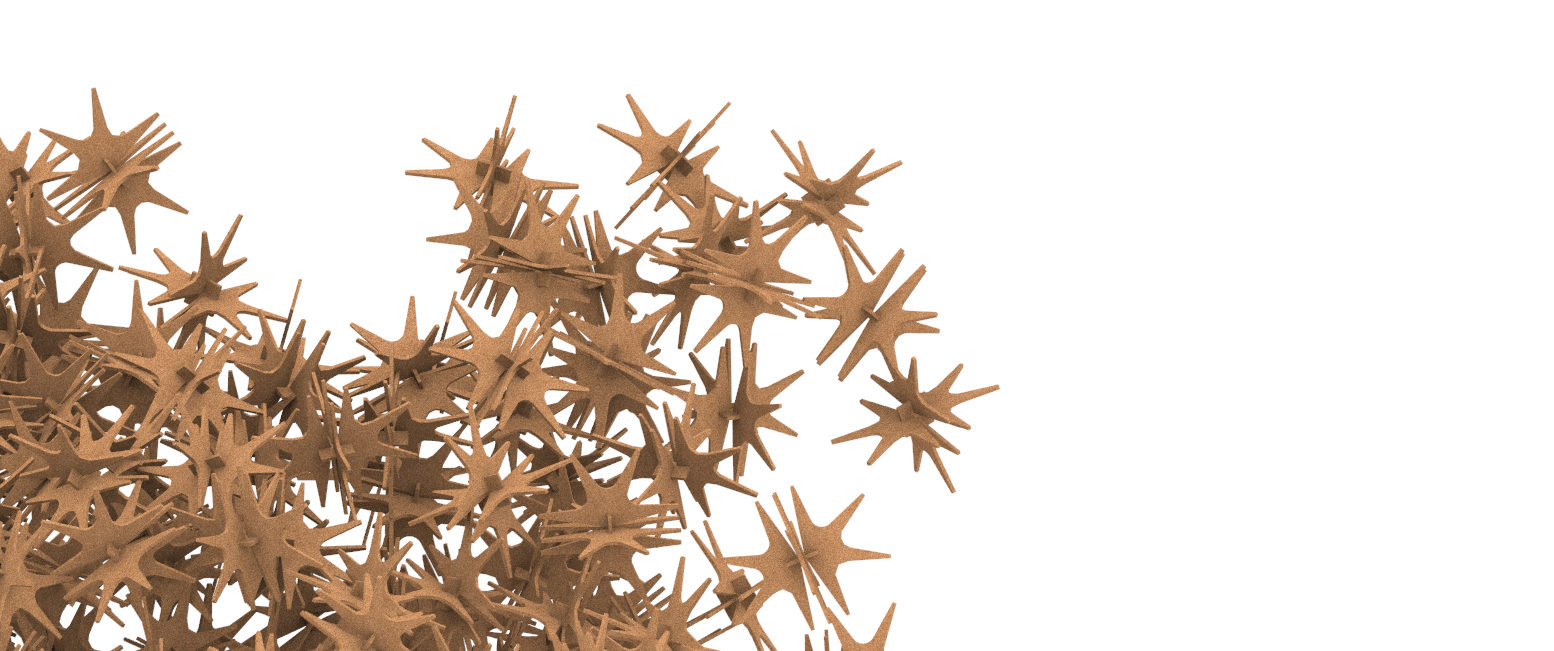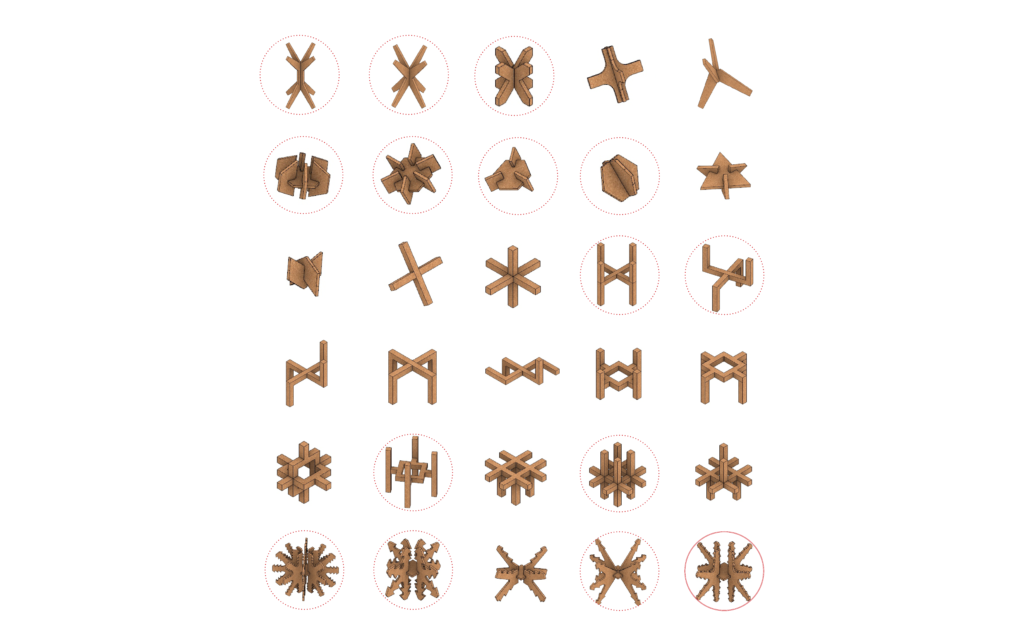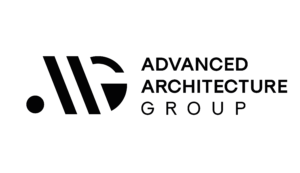|Poro(City)
Chitosan as the future of water filtration system

|Team
Ines Cavar, Matin Darabi, Hanna Lepperød, Ilaena Mariam Napier
|Faculty
Areti Markopoulou, David Andres Leon, Raimund Krenmueller, Nikol Kirova
|Project year
2019-20
The global climate is undergoing significant temperature shifts, with many regions transitioning into higher temperature zones, signaling a potential rise of 4-5 degrees if current trends persist. This shift poses a serious health hazard, heightened by the substantial contribution of HVAC systems to greenhouse gas emissions, exacerbating temperature increases. The primary objective of the research project Regulate is to pioneer a passive evaporative cooling system specifically designed for building envelopes. This innovation aims to augment thermal comfort in semi-arid, tropical, and Mediterranean climates, where extreme temperatures are prevalent.

Primary objective of the project is to demonstrate the potential of Chitosan, a widely available biopolymer, as a bio-based water treatment solution. The aim is to effectively remove pollutants from wastewater and reduce environmental impact caused by water contamination






The project prioritizes porosity to combat noise pollution, emphasizing materials with excellent sound absorption due to their porous nature. Porous materials allow sound waves to penetrate, and when exposed, air molecules vibrate, dissipating energy as heat. Scaling up this porosity, aggregation involves assembling loose elements, offering diverse architectural possibilities. This approach creates varied structures and ideal shaded spaces for lichen growth while considering six key factors influencing the aggregation process: unit design, speed and quantity of dropping or throwing, angles, volume, and throwing height.

The design aimed to diminish sound by considering and mapping site noise sources. Interestingly, the stochastic gaps between piled units enhanced sound redirection. ‘Poro(city)’ combines stochastic and deterministic aggregation, merging their strengths for efficient sound dampening. While aggregation adopts a stochastic nature, the overall shape design leans towards determinism, blending both approaches for optimal noise reduction.






The optimal design, the chosen Geometry , emerged with four surfaces and legs, facilitating efficient nesting while using sustainable cork, allowing for material reuse. This design maximizes volume, aggregation, and strength, adaptable to diverse urban settings. Poro(City) addresses escalating noise pollution in cities, especially due to increasing traffic, offering a flexible solution adaptable to various locations. The concept’s adaptability enables easy implementation based on site specifics and environmental analyses. Beyond sound absorption, Poro(City) aims to create a microclimate, potentially supporting unique crop growth, mitigating urban heat, and providing a green urban oasis, encouraging people to connect with nature amid their bustling lifestyles.
Overall, the chosen design geometry stands out for its nesting efficiency and adaptability, utilizing sustainable materials, while Poro(City) presents a multifaceted solution addressing urban noise pollution, offering a flexible, nature-integrated microclimate solution for bustling city centers.

